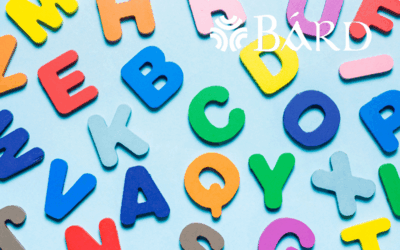We’ve all been there, staring at a vague, cryptic, or downright useless error message like:
“Error #502 occurred.”
And wondering: What does this even mean? What should I do now?
Within today’s UX landscape, every interaction is important. That includes the frustrating ones. Often error messages are one of the most overlooked moments in the user’s journey despite its critical impact. They can either lead to your users abandoning your product due to frustration, or to building clarity and trust with them.
By the end of this article, you’ll know explore how you can transform error messages from dead ends into helpful guide posts by applying empathy, structure, and plain language.
Why error messages are more important than you think
Error messages aren’t merely technical notifications, they are conversational moments. They always appear at the worst possible time, when users are confused, stressed, or in a hurry. That makes them a great opportunity to:
- Reduce user frustration.
- Prevent churn.
- Build credibility.
- Guide the user back to success.
According to the Nielsen Norman Group, one of the key usability heuristics is to “help users recognise, diagnose, and recover from errors.” That means that error messages must do more than point out a problem, they need to help the user find the solution.
The 3 golden rules of a good error message
- Say What Went Wrong
- Explain Why It Happened (if useful)
- Tell the User How to Fix It
Let’s break that down.
Anatomy of a helpful error message
Here’s what an error message needs to include to be great:
1. Clarity
Use plain, specific language. Avoid jargon, internal codes, or vague terms.
Bad:
Error #83427
Better:
Something went wrong.
Best:
Your credit card was declined. Please check your billing address or try a different payment method.
2. Context
Where possible, explain why the error occurred. This reassures the user and reduces confusion.
Bad:
Invalid request.
Better:
Your file upload didn’t work.
Best:
Your file exceeds the 5MB limit. Please upload a smaller file.
3. Next steps
Always offer your users an actionable solution, or guide them to the next action.
Bad:
Login failed.
Better:
Login failed. Try again.
Best:
Invalid password. Your password must be at least 8 characters. [Reset your password]
4. Tone
Use a tone that matches your brand, but always aim for calm and constructive, especially in stressful moments.
Too harsh:
You did it wrong.
Too robotic:
System error detected.
Just right:
We couldn’t complete your request. Let’s fix it together.
The psychology of a good error message
Error messages are moments of vulnerability for the user. Done poorly, they can:
- Trigger frustration
- Undermine trust
- Lead to task abandonment
Done well, they:
- Empower users
- Reinforce brand trust
- Encourage perseverance
Think of them as tiny moments of user support embedded in your product.
Real-world examples
Let’s look at a few before-and-after rewrites:
| Bad | Improved |
| Error: 403 Forbidden | You don’t have permission to view this page. Please check your login or contact your administrator. |
| Invalid input. | The date format should be MM/DD/YYYY. Please correct and try again. |
| System failure. | We’re experiencing a temporary issue. Please refresh the page or try again in a few minutes. |
Error messages and inclusivity
Writing inclusive error messages means:
- Avoiding idioms and cultural references
- Being mindful of accessibility and screen readers
- Supporting localization with neutral, translatable phrasing
An error message like “Oops! Looks like your goose is cooked” may sound playful, but it confuses international users and adds no value.
Instead:
There was a problem submitting your form. Please double-check the required fields.
Bonus: your error message checklist
Use this quick list when reviewing or writing error messages:
- Is the language clear and free of technical jargon?
- Does it explain what went wrong?
- Does it guide the user toward a solution?
- Is the tone respectful and helpful?
- Is it consistent with your product’s voice?
- Is it accessible and able to be localised?
Final thoughts: small messages, big impact
Error messages are more than technical alerts—they’re a crucial piece of the user experience puzzle. When written with empathy and clarity, they can turn moments of friction into moments of guidance and trust.
If your product is riddled with generic or confusing errors, now is the time to audit and rewrite them. These small improvements can lead to:
- Higher user satisfaction
- Fewer support tickets
- Increased task success rates
Need help refining your UX microcopy or designing an error message strategy that supports your users, not frustrates them? Our team specializes in turning content into clarity. Let’s talk.



